Wei Han (Francine) Teng
Your education: Master’s in Interior Design, MBA, and a background in Languages and Cultural Studies
Describe your art in three words: Spatial · Emotional · Surreal
Your discipline: Visual Art & Interior Design
You began painting at the age of six. Do you remember what first drew you to painting, and how that early experience still echoes in your current work?
I started painting before I had the language to explain what I felt. As a child, color was my way of organizing emotions I couldn’t name. I didn’t see painting as a skill then, it was simply a space where I could breathe and construct a world on my own terms. That instinct still drives my work today. I paint to build emotional space, not just an image.
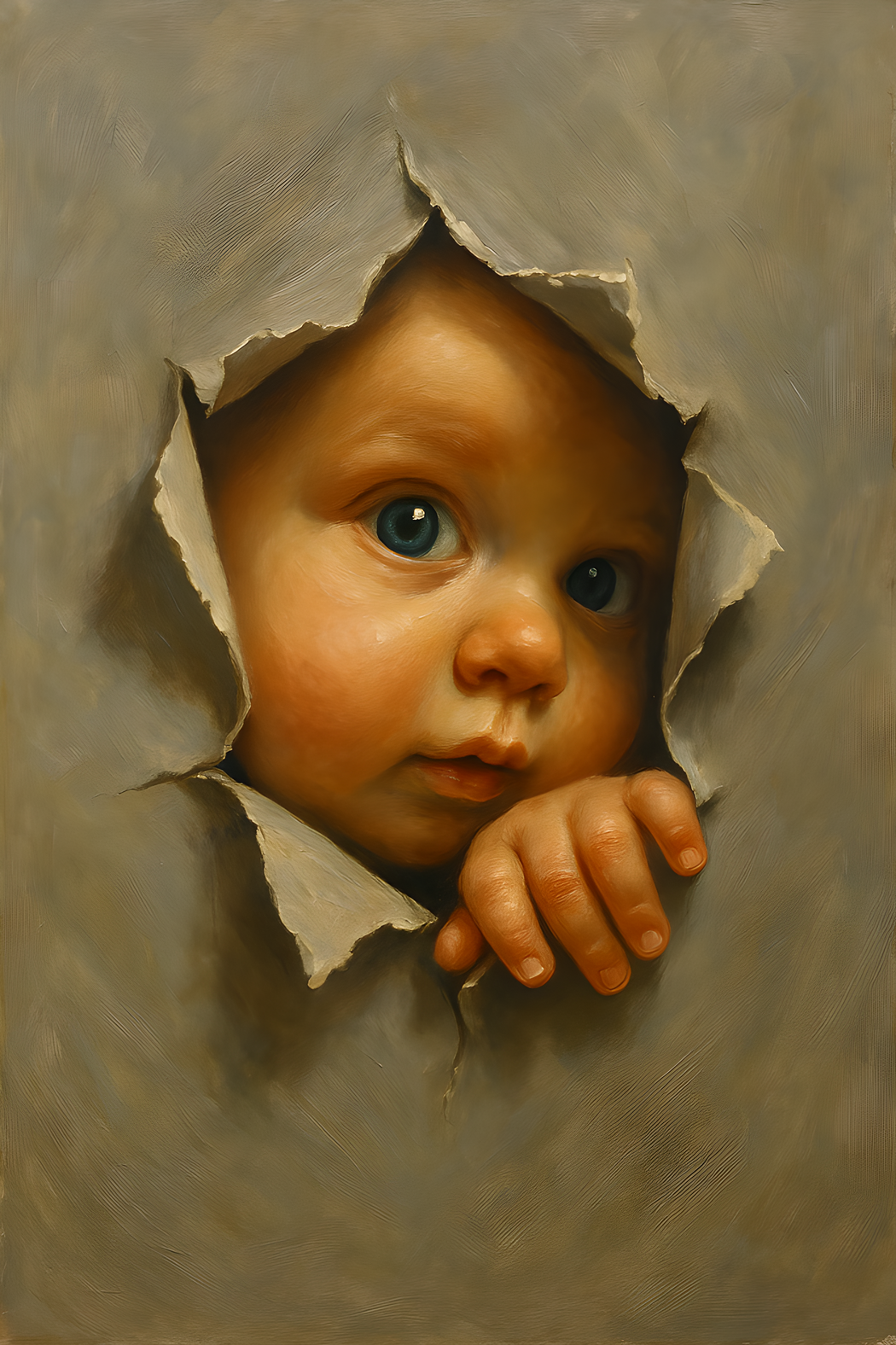 Wei Han (Francine) Teng | Curiosity | 2025
Wei Han (Francine) Teng | Curiosity | 2025
Your practice bridges painting and interior design. How do these two disciplines inform and influence each other in your creative process?
Interior design taught me to think about space in relation to the body, how people move, pause, and emotionally register an environment. Painting, for me, is an extension of that thinking. Instead of walls and circulation paths, I use light, fragments, and openings. Both practices share one question: How does space hold feeling?
In your statement, you describe emotions as “spatial forms.” Could you elaborate on how you visualize or construct psychological space in your compositions?
I treat emotions like architecture, they expand, contract, press, or open like spatial volumes. When I paint, I’m not only depicting a scene; I’m staging a mental environment. A tear in paper, a corridor of silence, a floating object, these are all spatial metaphors for psychological conditions.
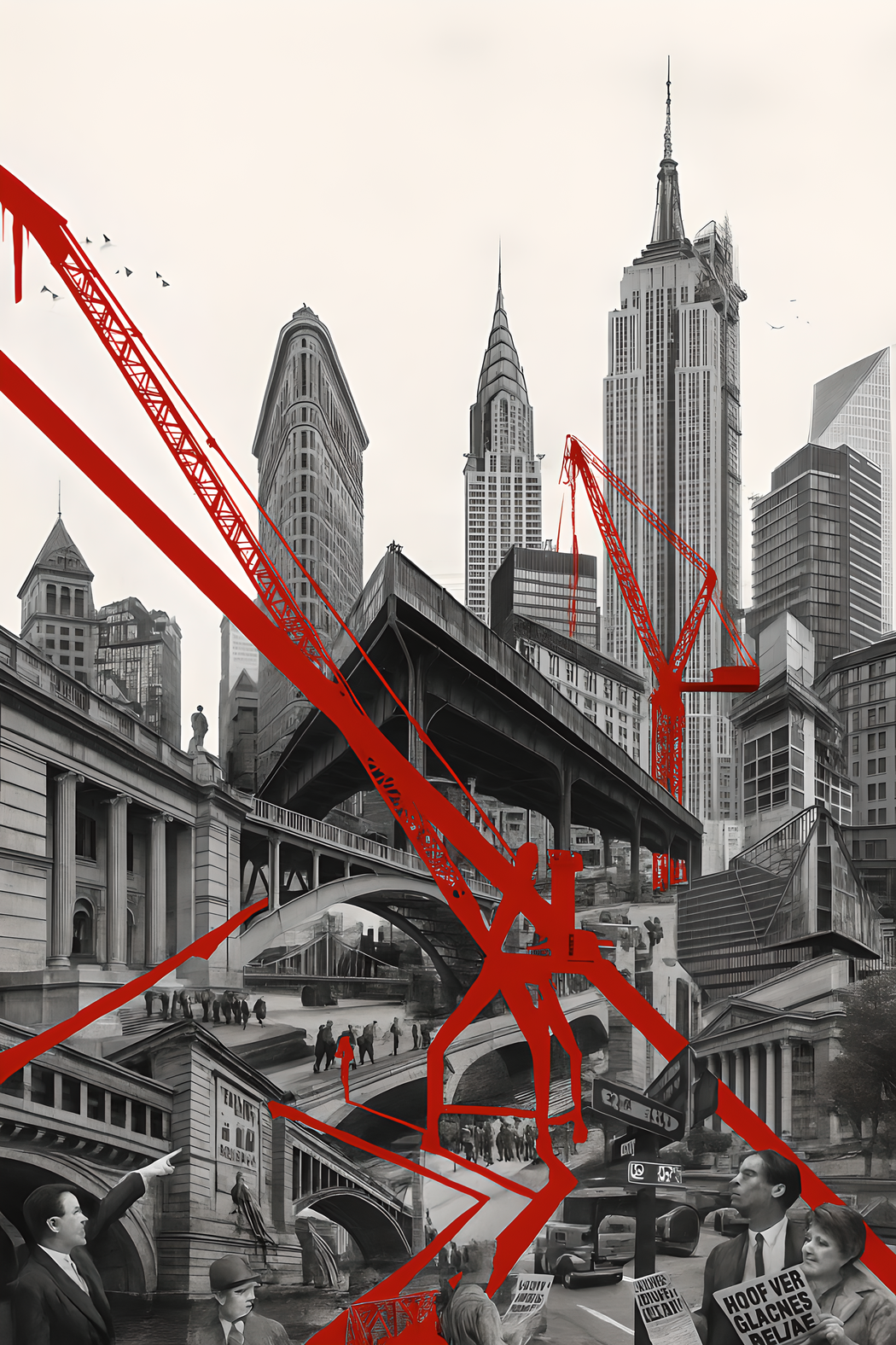 Wei Han (Francine) Teng | New York | 2025
Wei Han (Francine) Teng | New York | 2025
There’s a distinct balance of control and softness in your handling of light and material. How do you approach this dialogue between structure and emotion?
I come from a background where precision matters, in development work, lines and measurements cannot be vague. But art allows me to soften those edges. I let structure exist, but I allow light, fabric, or symbol to interrupt it. That tension — between what is built and what escapes, is where my work lives.
The image of a child peering through paper feels symbolic of perception and discovery. Is this a recurring theme in your work—the act of seeing or awakening?
Yes. I am drawn to thresholds, the moment before entry, before understanding, before naming. The child, the tear, the act of looking, they represent the desire to pierce through surface reality. I often paint this moment because discovery is never loud. It’s a quiet rupture.
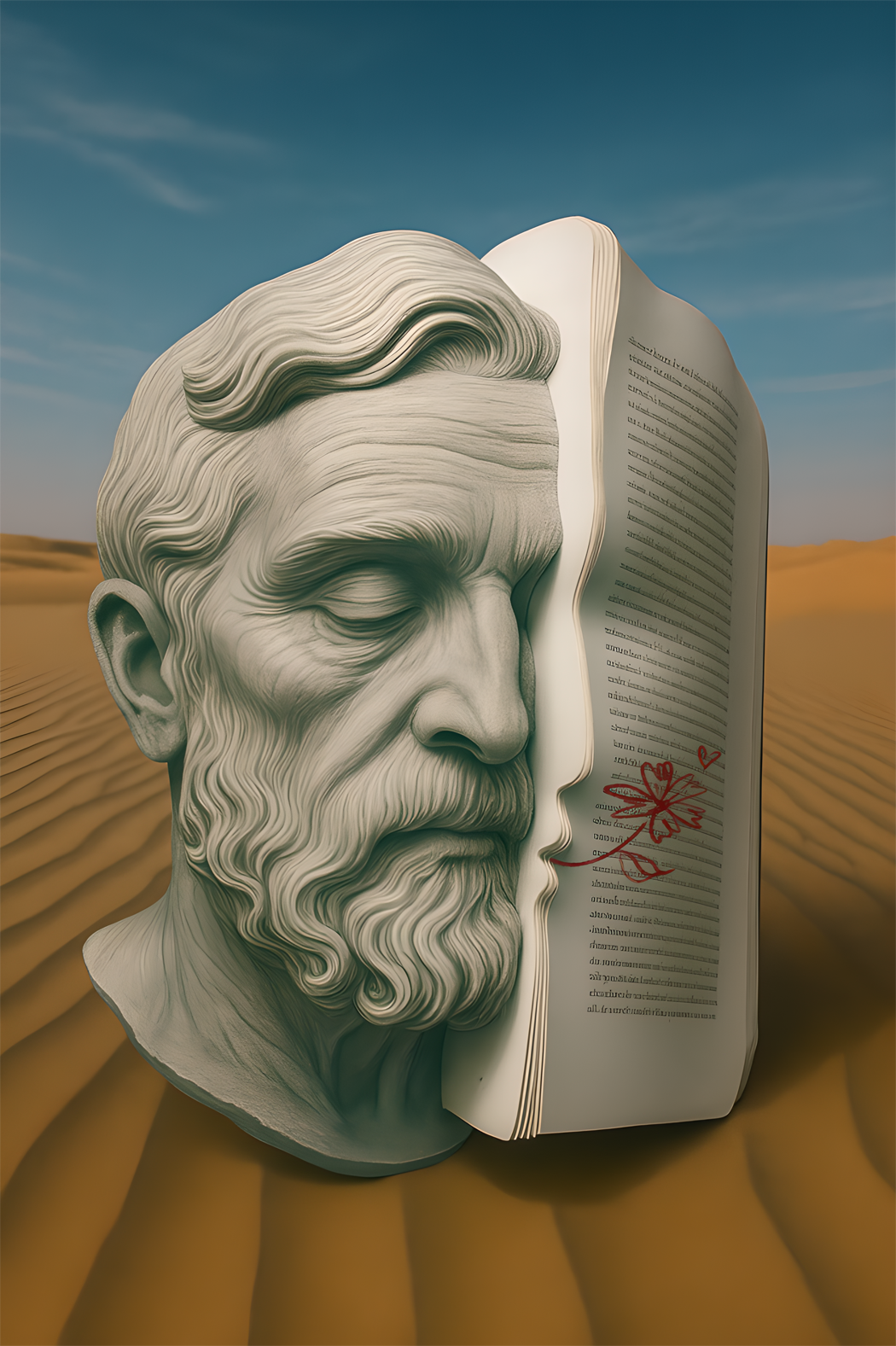 Wei Han (Francine) Teng | Memory | 2025
Wei Han (Francine) Teng | Memory | 2025
As someone trained in interior design, how do principles like proportion, rhythm, and circulation translate into your visual compositions?
Composition in my paintings follows the same discipline as spatial layout, there must be an entry point, a rhythm of movement, a pause. I design canvases like I design rooms: I leave breathing space, create tension through proportion, and guide the eye the way I would guide someone walking through a corridor.
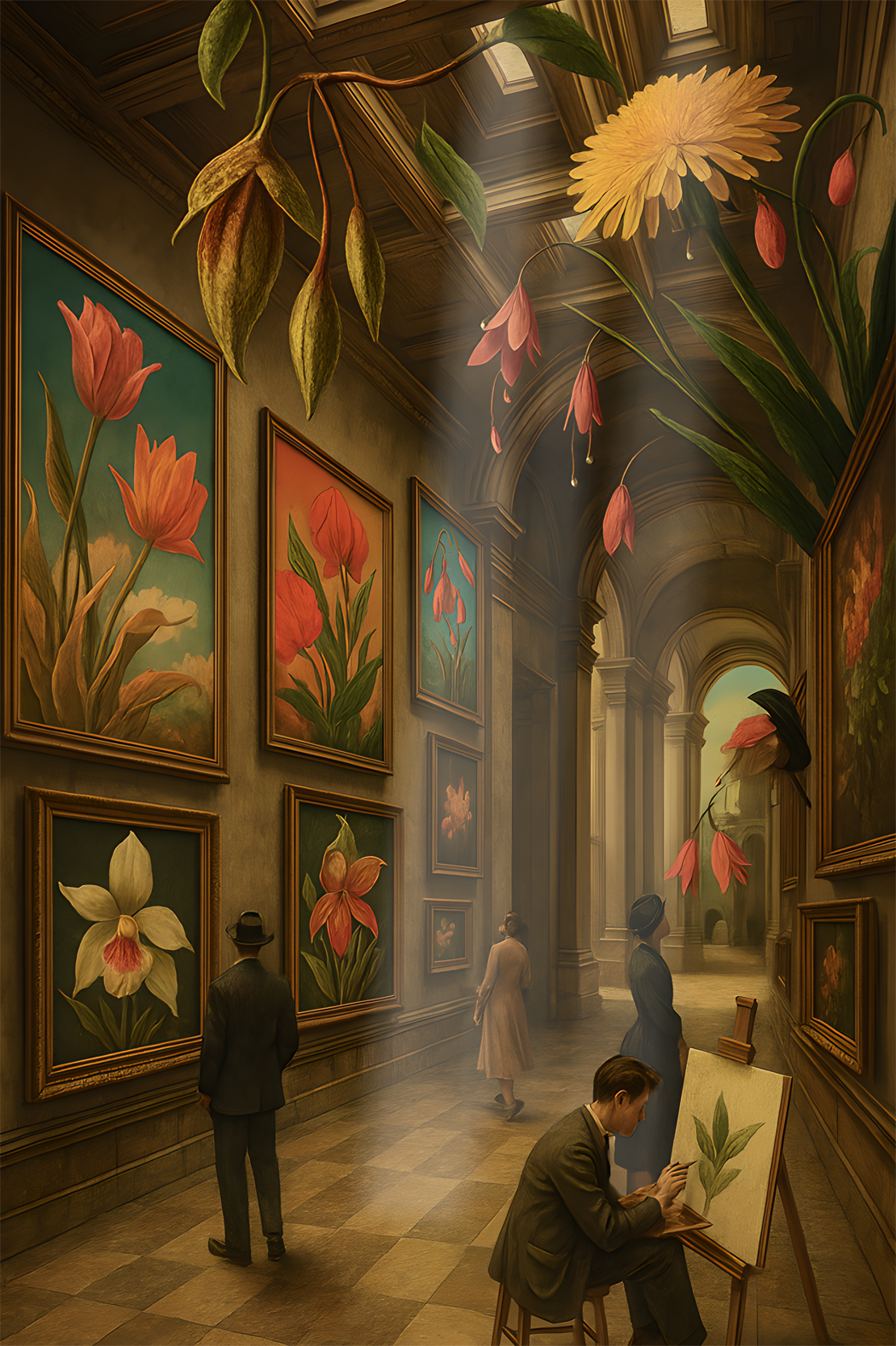 Wei Han (Francine) Teng | Threshold | 2025
Wei Han (Francine) Teng | Threshold | 2025
Your works often evoke both serenity and unease—urban density, isolation, yet beauty. How do you navigate this emotional duality?
I don’t try to resolve it. Life in cities teaches you that beauty and alienation often exist in the same frame. I don’t paint harmony, I paint coexistence. The calm in my work doesn’t erase discomfort, it hosts it.

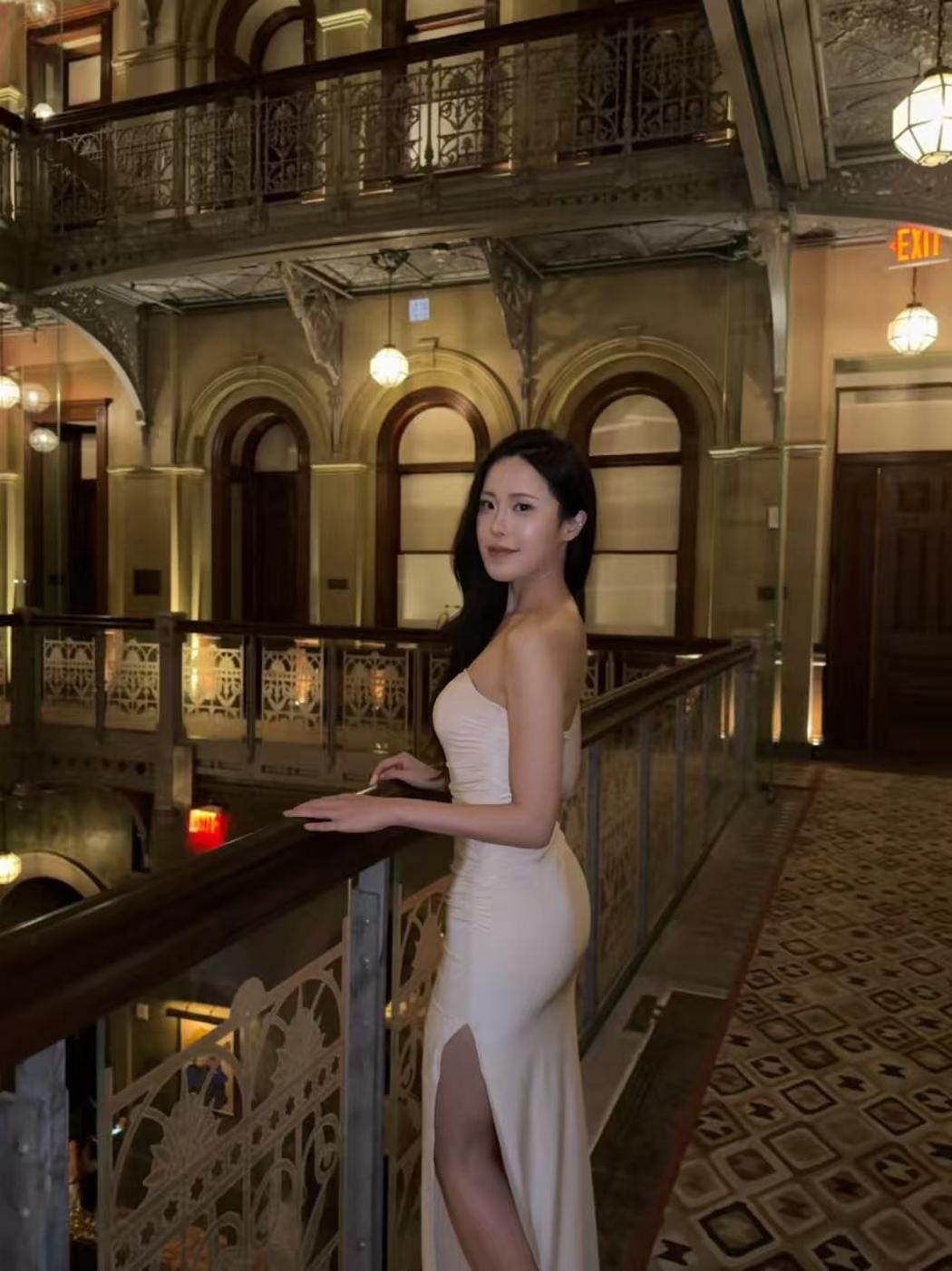
Leave a Reply